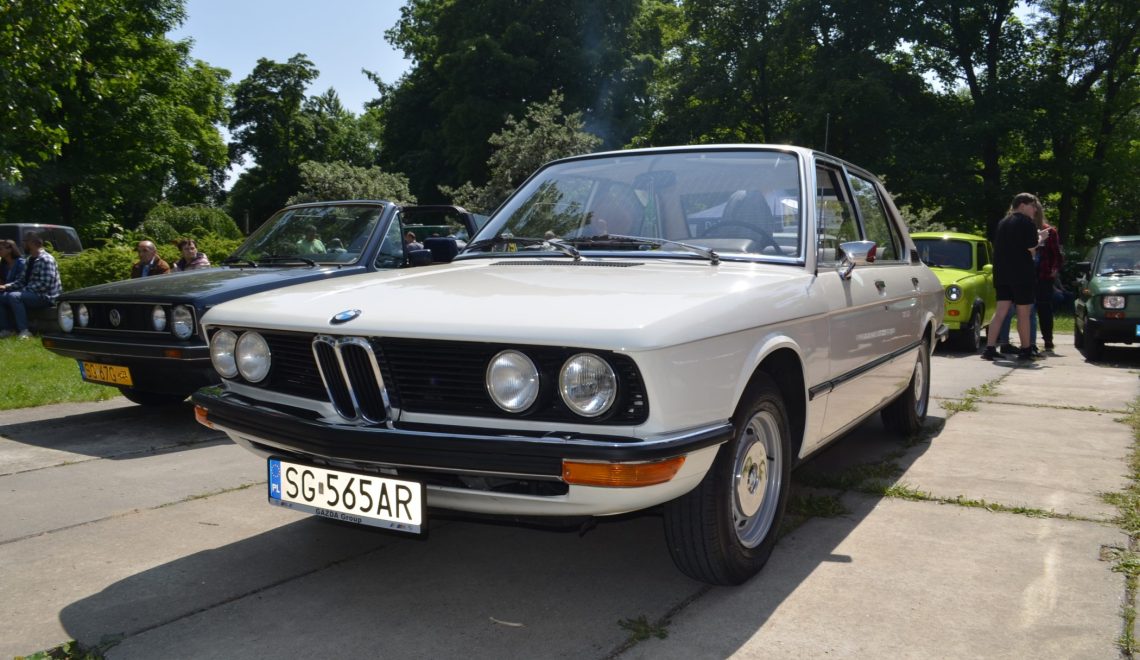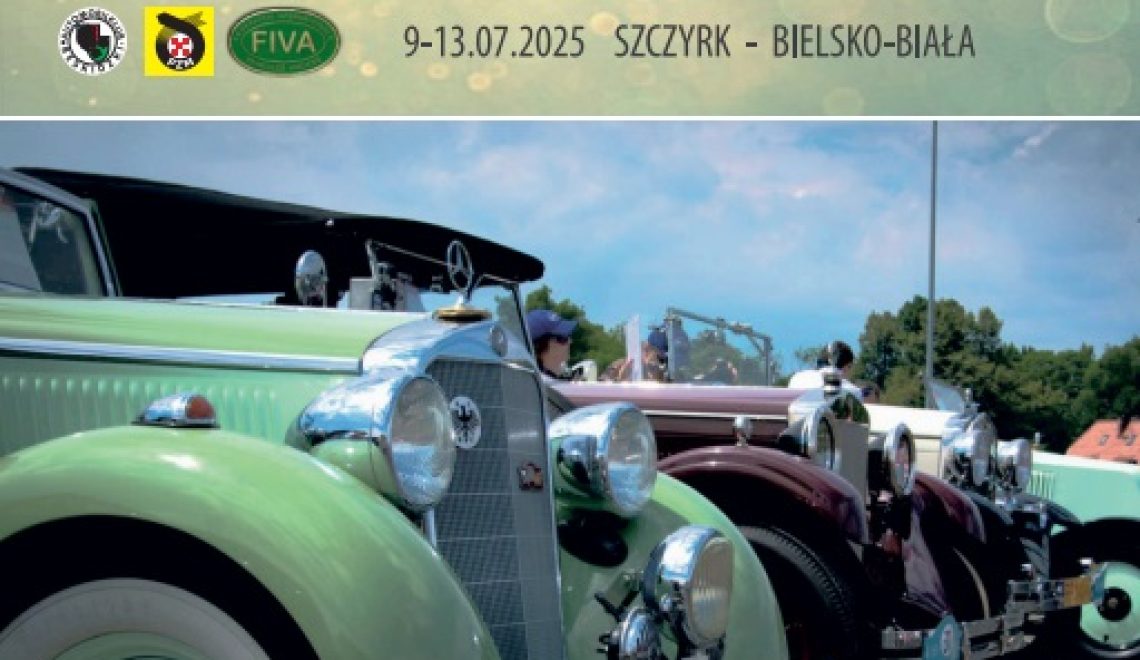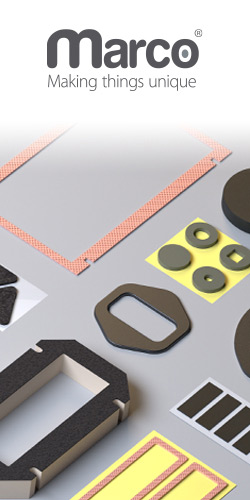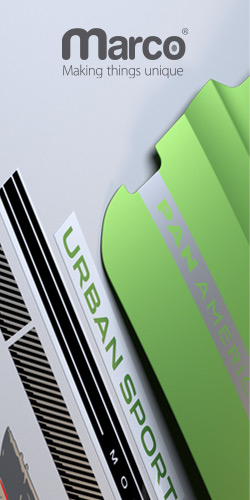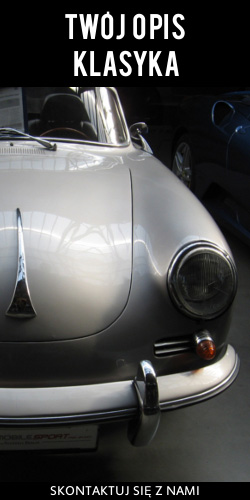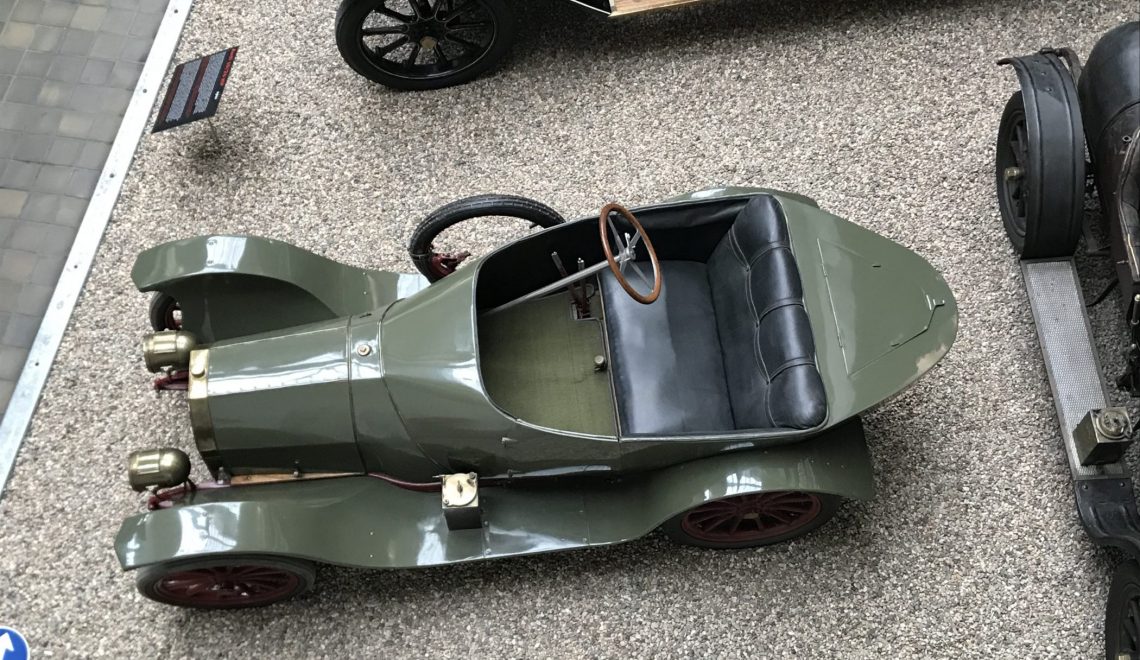
Typ 13 był pierwszym prawdziwym samochodem Bugatti. Produkcja typu 13, a później typu 15, 17, 22 i 23, rozpoczęła się wraz z założeniem firmy w 1910 roku i trwała do 1920 roku z 435 wyprodukowanymi modelami. Większość samochodów drogowych używała ośmiozaworowego silnika, choć pięć wyścigowych sztuk typu 13 miało 16-zaworowe głowice.
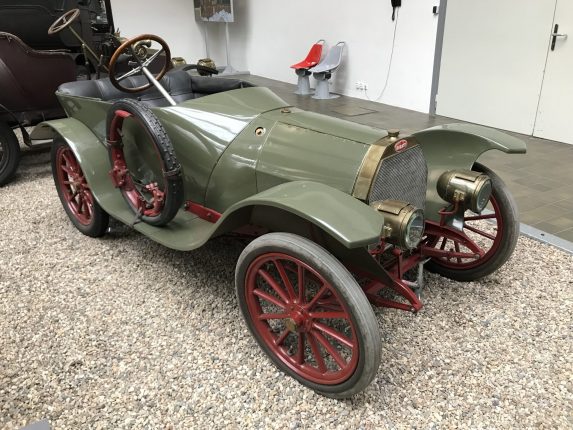
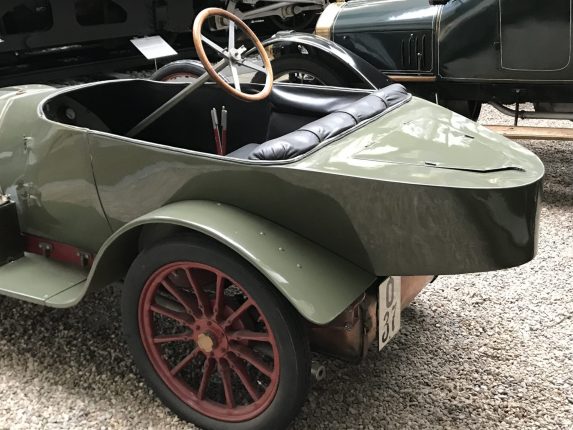
Producent: Ettore Bugatti, Molsheim, Alzacja, Niemcy
Pojemność silnika: 1327 cm3
Wydajność: 20 bhp / KM
Maksymalna prędkość: 95 km/h
Jedną z najbardziej niezwykłych legend w historii motoryzacji są samochody z fabryki Ettore Bugatti w Molsheim w Alzacji. Samochody turystyczne Bugatti były znane z ich wyjątkowych osiągów i dynamiki, a samochody wyścigowe tej marki często odnosiły sukcesy sportowe. Najstarszy zachowany samochód na świecie z fabryki Bugatti w Molsheim znajduje się w kolekcji National Technical Museum od 1947 roku.
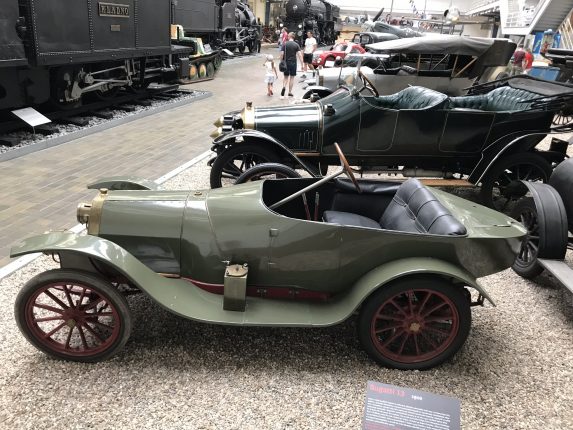
One of the most remarkable legends in world automobile history is cars from the Ettor Bugatti plant in Molsheim in Alsace. Bugatti touring cars were noted for their exceptional performance and dynamics, and racing cars of this make were frequent sporting successes. The oldest preserved car in the world from the Bugatti plant in Molsheim has been in the National Technical Museum collection since 1947. Up to that time the car had only two owners. The first was Prince Philipp Ernst Hohenlohe-Schillingfürst from Poděbrady, but he owned it for only a short time. The second was Robert Patočka from Ústí nad Labem, son of the president of the Czech Motorists Club. With this car, in April 1913, Patočka entered the Bugatti marquee into the annals of domestic motor sport with a victory in the 1.5-litre category in the Zbraslav-Jiloviště hill climb race.
Passenger car with a water-cooled four-stroke four-cylinder OHC engine placed length-wise behind the front axle and with rear-wheel drive.
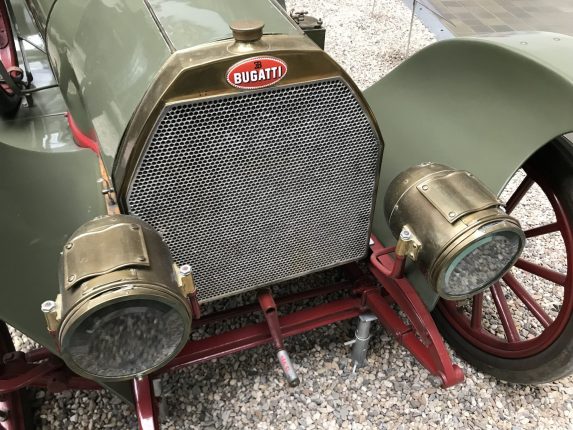
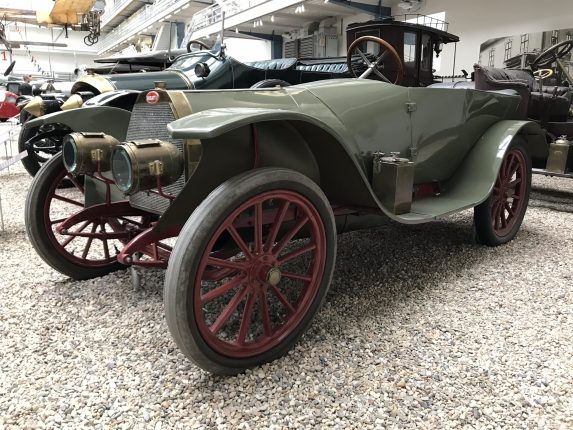
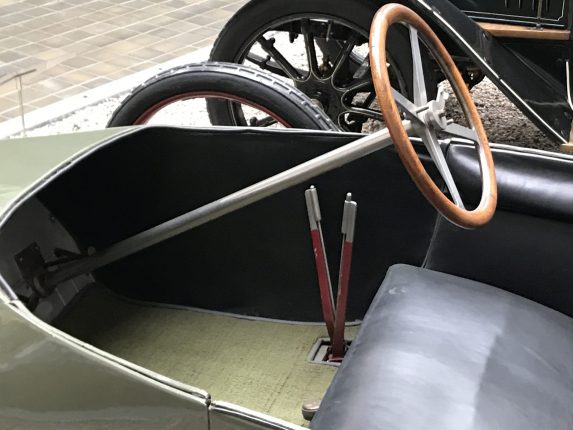
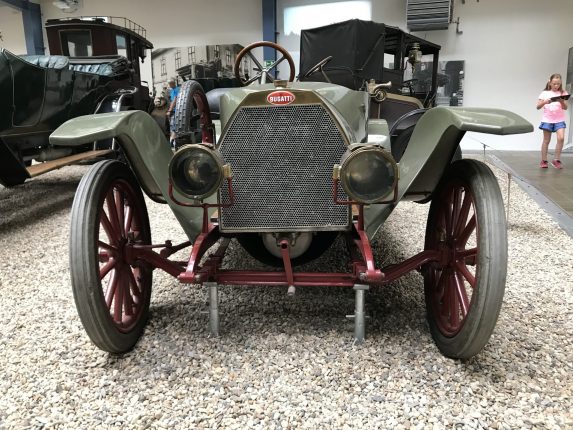
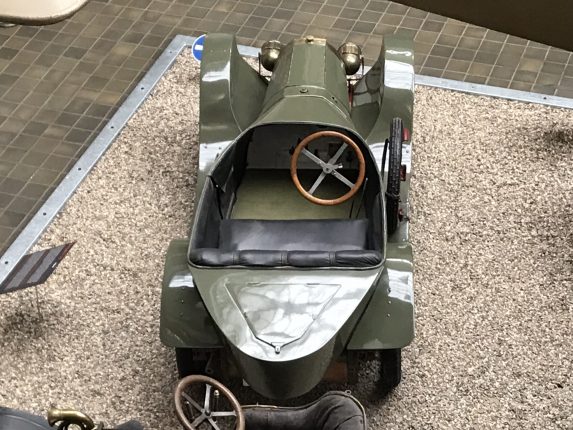
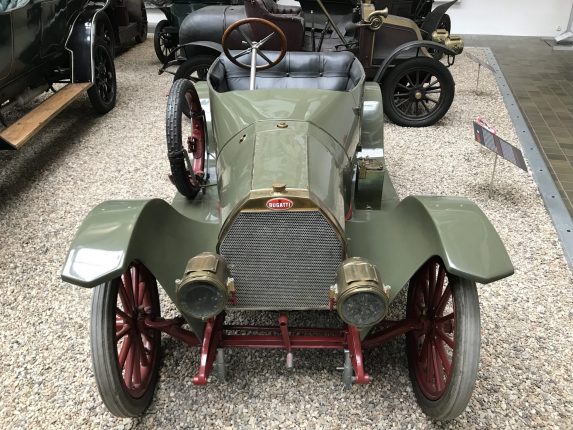
Źródło:
Národní technické muzeum
Kostelní 42, 170 78 Praha 7
www.ntm.cz
https://en.wikipedia.org/wiki/Bugatti_Type_13




